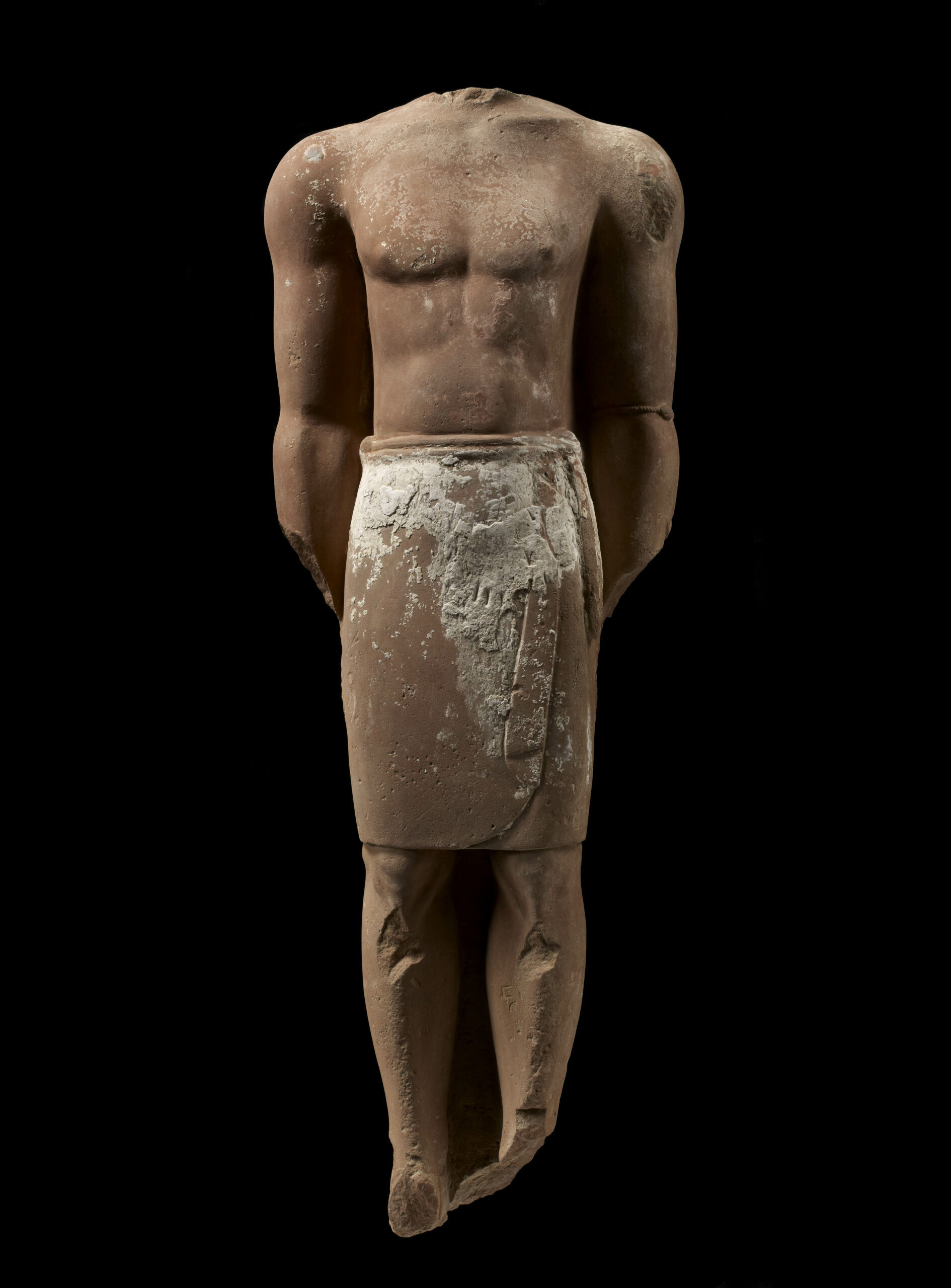In 2010 visitors to the Louvre learned of a little known civilisations in the Kingdom of Saudi Arabia thanks to the Roads of Arabia exhibition of artefacts from al-‘Ula, a fertile valley in northwestern Saudi Arabia.
The many sculptures, jewels, ceramics and inscriptions featured in the show included colossal pink-sandstone statues from al-‘Ula. As a result of the success, the Royal Commission for AlUla (RCU) agreed to an exceptional five-year loan of one of these colossi to the Arabian section of the Louvre’s Department of Near Eastern Antiquities.
Al-‘Ula lies at the crossroads of caravan routes moving incense and spices from the south of the peninsula toward Egypt, Mesopotamia and the shores of the Mediterranean. The oasis thrived in the first millennium BC, during the Dadanite, Lihyanite and Nabatean kingdoms.
The colossal statues – of kings, priests and Lihyanite worshippers – were discovered in 2005–2007 during archaeological excavations of the Dadan temple conducted by King Saud University. They are carved in a style that is profoundly original for the region, notably displaying similarities with the Egyptian statuary of the Late Period.
The many archaeological digs underway in the al-‘Ula oasis continue to reveal the outstanding wealth of a heritage that was little known until recently.

- Monday:
-
09:00 - 18:00
- Tuesday:
- Closed
- Wednesday:
-
09:00 - 18:00
- Thursday:
-
09:00 - 18:00
- Friday:
-
09:00 - 21:45
- Saturday:
-
09:00 - 18:00
- Sunday:
-
09:00 - 18:00




